Selected events
Events, artist talks.
Unsensed: More than Human Rights
With Lucy Sollitt (Future Everything)Court for Intergenerational Climate Crimes; The British East-India Company on Trial
A project by Radha D’Souza and Jonas Staal
Commissioned by Serpentine Ecologies.
Ambika P3, University of Westminster, London
April 2025






Taking an imaginative step into other life worlds, I developed the event Unsensed with Lucy Sollitt (Future Everything) as part of the School of the Court for Intergenerational Climate Crimes. Our aim was to explore how art can help us attune to the senses of other living species, and how this might help in the articulation of more-than-human rights. Following our own presentations exploring sensory research and the rights of nature in arts organisations, the event included moving contributions from barrister Paul Powlesland (Lawyers for Nature, UK), curator Alice Smits (zone2source, Netherlands), artist, activist and writer Ravi Agarwal (India), artist Particia Dominguez (Chile) and indigenous scholar Keith Williams (Canada).
The Court for Intergenerational Climate Crimes (CICC) journey to Ambika P3
In 2023, I met with Radha D’Souza, who had recently exhibited the first edition of the project Court for Intergenerational Climate Crimes in Amsterdam at Framer Framed whilst I was there in 2022. Radha discussed her plans with Jonas to work with Lucia Pietroiusti, Head of Ecologies at Serpentine to bring the CICC to London. Rahda and I worked together to bring the event to Ambika P3, which is the exhibition and event space of CREAM and is also used for exhibitions by our Department of Law. I led an intial research journey with Jonas and Radha to the East India Company Herbarium at Kew (with thanks to Harry Smith). CREAM sponsored two researchers based at Serpentine and I worked along with research colleagues, Matthias Kispert and Roshini Kempadoo, Radha and the Serpentine team to develop and manage the CICC School, a series of events that ran for 3 weeks following the hearings on the first weekend. Attracting over 1500 visitors on the first weekend of hearings alone, you can read more about it here, or below.
The Court for Intergenerational Climate Crimes (CICC) is a project by Radha D’Souza and Jonas Staal that stages public hearings in immersive installations functioning as a court, to prosecute intergenerational climate crimes committed by states and corporations acting together. These hearings address crimes of the past, present and future, reflecting the intergenerational impacts of climate crimes on ecologies and communities.
This newly commissioned chapter of the CICC consists of a specially appointed court constructed within the former concrete hall of Ambika P3 in London. It was in London that the East India Company was founded in 1600, and where the corporate entity would subsequently shape the city in its own interests and image. The court will interrogate witnesses regarding the crimes committed by the British East India Company, highlighting the interconnectedness of colonial and climate crimes that continue to shape our devastating present and future.
Non-human agents will act as evidence and witnesses in the court, in this case in the form of plants that played a pivotal role in the colonial and industrial projects of the British Crown and the East India Company. The audience present will have the task to act as public jury members.
Putting the British East India Company on trial, 425 years after its founding and 168 years after its dissolution in 1857, expands notions of intergenerational justice. It raises questions about reparations for crimes that transcend generations and examines how dissolved entities, like the EIC, endure as legal, institutional, and ideological frameworks for extractive capitalism and imperialism, perpetuating ecological collapse.
Following the public hearings, Ambika P3 will host an installation with selected materials from the tribunals in combination with the CICC School: an ongoing programme of lectures, workshops, screenings and trainings to deepen the relationship between artistic and legal imaginaries in the struggle for climate justice.
Lucia Pietroiusti
Sensational Nocturnal Ecologies
World Biodiversity ForumDavos, Switzerland
June 2024
As a follow on to our research in Amsterdam with zone2source, and the visual essay; ‘A Multispecies Red Light District for Amsterdam: A Propositional Image’ published by Cultural Politics, part of Duke University Press, 2024, Tina O’Connell and I gave an artist talk /screening of a new video work on a panel ‘Science in Action’ at The World Biodiversity Forum in Davos, Switzerland. Part of the ongoing project on anthropogenic noise, art, culture and ecology; More than Sense.

The Soil Assembly
Kochi Muziris BiennaleFeb 2023






I was delighted to be able to work alongside Meena Vari (Srishti Institute of Art and Design, Bangalore), Ewen Chardronnet (Makery.info - France) and Maya Minder (Hacketerai, Switzerland) to curate The Soil Assembly at Kochi Biennale, India.
In what proved to be an incredibly compelling and generous event, presentations, screenings and performances brought together speakers online and in person to create a sense of shared hope for a future in which there is a collective vision and belief, building new ecologies, circularities and living pedagogies.
We thank Bose Krishnamachari who so generously launched our event alongside; David Kasuma, president of the World Design Organisation; Senate member Sreeni Srinivasan and Geetha Narayanan, founder of the Srishti Manipal Institute.
This international gathering of artists, designers, curators, architects, educators, activists, farmers, and hackers aimed to support freedom of exchange and sharing of knowledge. It was an act of active dissemination of a humanistic/biodiverse/holistic approach within notions of food growing practices, more-than-human correlations in these practices and life, as well as the freedom of movement for plants, animals, humans, algae, fungi and seeds.
With this assembly, we intend to subscribe to the essential convictions that our life on this planet is symbiotically linked to its food resources and its biodiversity, from the tree tops to the deepest groundwater or ocean surface water sufficiently exposed to sunlight.
Our intention is that is the first of a series of events and the second iteration will be announced soon - to be hosted in London.
For more follow Instagram @soilassembly
Anthropogenic Noise: Introduction to More than Sense

Opening a three day event of dialogue and presentation as part of The Soil Assembly at Kochi Biennale, India, working with Tina O’Connell, we screened Nature of Truth and introduced initial findings from a project that is exploring Anthropogenic Noise: More than Sense.
Focused initially through our own nocturnal research in Amsterdam (2022-24), the investigation explores how light as a form of pollution is perceived or sensed by species of moths and by extension, has impact on the biodiversity of urban habitats. As visual artists, we are using light to interrogate how our sensory perception can be attuned through the more than human register of optical and other sensors. Linking our practice towards eco-social entanglements that resonate with both multi-species and social justice, the project links the propositional role of the artist in developing behavioural change toward light pollution in urban landscapes.
The work draws on fieldwork and scientific papers, as well as working through the visual idea of prismatic cohabitats.
“Cohesion was meant to hold. But reality started to slide.”
Dr Diann Bauer — An Appreciation

© Diann Bauer
Diann’s life and work was invested in how art, images and writing must be reconfigured for a time in which complex and unpredictable systems at scales surpassing direct human experience prevail. This symposium gathers artists, writers and thinkers who have been in conversation with Diann’s work formally and thematically. We will take her work as a generative challenge to build on her proposals on collectivity, imaging, time and temporality, sentience overloading, and the changing capacities to make alliances.
Suhail Malik
On Saturday 19 November, at Ambika P3 and CREAM, University of Westminster, a remarkable hybrid event was held that was both a celebration and commemoration of the artist, writer and CREAM researcher Diann Bauer (1972–2022). Working alongside Suhail Malik, we were delighted to welcome colleagues, academics and artists / friends who shared their recollections and insights alongside a screening of some of Diann’s most seminal work.
At the closing of the event, it was announced that Diann Bauer would be awarded her PhD in recognition of her work and contribution to knowledge in her field.
Event Details
Screening of moving image work by Diann Bauer. Keynote by Kim Stanley Robinson with Tirdad Zolghadr Presentations: Alliance of the Southern Triangle | Keller Easterling | Gary Zhexi Zhang | Stefanie Hessler | Helen Hester | | Bridget Crone | Bassam El Baroni | Bahar Noorizadeh | Andrea Phillips | Closing comments: Neal White | Lucy Rogers
Ghosts of Nature. Amsterdam.
May 2022In this one day event linked to the research and exhibtion ‘Perfect Nature’ in Amstelpark, Amsterdam, I worked with Tina O’Connell and members of the public to highlight the issue of light pollution and its impact on nocturnal habitats - specifically the impact of what is termed anthropogenic noise on the ecology within which moths operate. After having their images taken with the images of moths now threatened by biodiversity loss, members of the public were sent images to distribute themselves as part of a social media campaign to highlight the issue within Amsterdam urban parks.
An Archive of Destruction
A project by Jes Fernie with support from Flat Time HouseJune 2021 - See Projects

Through this exploration of loss and rejuvenation, O’Connell and White’s on-going project seeks to recalibrate the narrative of an artwork, creating new locations, contexts and eras in which it is able to exist.
Archive of Destruction is a research project by Jes Fernie that she has been developing since 2011, looking at public art which has been destroyed by natural causes or by human action through fear, boredom, rage, entropy, greed and love. Working with graphic designers Daly & Lyon and Flat Time House She has created an ‘archive’ of sorts, made up of suspect categories, open-ended artworks and wrong-footed journeys.
Along with artist Tina O’Connell, our ongoing project was included that brings back through spectoral or scultural hauntings, public sculptures that were destroyed or stolen - see below Henry Moore Reclining Figure 1969-70, taken from the Henry Moore Foundation in 2009.
The project pictured was featured as part of our residency at Askeaton Contemporary Arts in 2017 and continues to this day in various forms.

Archive of Destruction
Study for a Pavilion
Podcast - The Deep Field Project for Kunsthall, Trondheim, Norway
Nov 2020
![]() Above: Preparatory Sketch for the Atlas of Chronographic Things. Diann Bauer for The Deep Field Project.
Above: Preparatory Sketch for the Atlas of Chronographic Things. Diann Bauer for The Deep Field Project.
This episode of the "Who Wants to Live Forever? Podcast Series" focuses on the work "An Atlas of Chronographic Things" (2020), which is the first work the artists Diann Bauer, Jol Thoms and Neal White, as The Deep Field Project. Here, the artists discuss understandings of time in relation to climate change and the ongoing pandemic.COVID Experimental App - Habitability.art
Weisman Art Museum, University of Minnesota, Minneapolis, USAAutumn 2020

Autumn 2020 – HABITABILITY.ART – AN ONLINE, INTERACTIVE PLATFORM BUILT ON THE IDEA OF AUTHORSHIP WITHOUT OWNERSHIP
What if artists were in charge of how we learn—of how we ask questions and do research; how we teach and gather to share knowledge? Imagine a symposium run by artists. What could this symposium be? More important: what could it do? Who would need to be there, and why?
We are inspired by an art project from 50 years ago: the “First National Symposium on Habitability of Environments” by the Californian artist Robert Irwin. Habitability is the field of knowledge that asks: What does it take to have a habitable environment for humans, on Earth and in outer space? Scientist Ed Wortz worked on habitability in NASA’s Apollo Program. Artist Robert Irwin was Wortz’s close friend and a collaborator who grew increasingly frustrated with NASA’s approach to habitability as a technical challenge: e.g., provide this much air, water and food, the human lives, and that’s enough. Irwin also felt that just pointing out the problem was insufficient: rather, he argued, the very way we learn and discuss habitability needs to be reconsidered. And so, when Wortz asked him to help organize a symposium on habitability, Irwin hosted the gathering in his own studio, transforming the space into an unstable, dynamic environment that challenged everyone involved to think, feel, and talk habitability.
Half a century later, our team took Irwin’s symposium as inspiration and asked: If we, a group of artists and designers, were to create a “Symposium on Habitability” today, what would it look and feel like? We’ve been thinking and experimenting with that idea for the past two years…
and then — the COVID-19 pandemic came and changed the ways all of us inhabit everything. For many of us, this time of “social isolation” is challenging. We see this website as a collectively created social network for the pandemic. We hope that by sharing pictures and poetic reflections, what we see and how we feel, we will all learn about things we care about in places we live: things to be gained in this new world and things we stand to lose. Ultimately, we just want to hold a shared space. Thank you for convening here with us. We are grateful for your sharing your space with us, and promise to be as humanly sensitive and responsible as we can with what you share. We might use the images and texts you submit in future exhibitions and publications.
Team: Boris Oicherman, the Interesting Tactics collective (Mary Dahlman Begley, Isaac Hase, Drew Smith, Austin Watanabe), Peng Wu, Neal White, and Max Hoaglund.
Second National Symposium on Habitability of Environments
Weisman Art Museum, University of Minnesota, Minneapolis, USAOct 2019
![]() Above: An image from the original symposium in 1970, with Robert Irwin, Larry Bell and others. Below, Assembled members of the second Sympoium on Habitability gather at Weisman Art Museum, Mineapolis.
Above: An image from the original symposium in 1970, with Robert Irwin, Larry Bell and others. Below, Assembled members of the second Sympoium on Habitability gather at Weisman Art Museum, Mineapolis.
![]()
In 1970, artist Robert Irwin and space program psychologist Edward Wortz designed NASA’s First National Symposium on Habitability of Environments, which brought researchers, engineers, architects and artists into Irwin’s studio to collaboratively tackle the challenge and reframe the ways in which we conceive, design and inhabit environments. Inspired by Irwin and Wortz’s collaboration, WAM will convene the Second National Symposium on Habitability of Environments in 2020. In preparation for the symposium, a cohort of collaborators from the arts, commercial space exploration, architecture, space medicine, anthropology and art history will gather in Minneapolis this October to consider the question: What fields of knowledge and ways of knowing are necessary to address the notion of a habitability beyond ‘life support’?
HABITABILITY WORKSHOP PARTICIPANTS
Aleksandra Stankovic, Director, Human Performance Laboratory, Harvard Medical School, Boris Oicherman, Curator for Creative Collaboration, WAM, Christian Maender, Director, In-Space Manufacturing and Research, Axiom Space, David Valentine, Associate Professor, Department of Anthropology, University of Minnesota, Dawna Schuld, Assistant Professor, Department of Visualization, College of Architecture, Texas A&M University, Emmanuel Urquieta Ordonez, MD, Assistant Professor, Center for Space Medicine, Baylor College of Medicine, Interesting Tactics, architecture collective (Isaac Hase, Mary Begley, Anna Jursik, Drew Smith, Austin Watanabe), Minneapolis, James Merle Thomas, Assistant Professor, Tyler School of Art and Architecture, Temple University, Marcus Young, artist, Minneapolis, Meghan O’Hara, Assistant Professor, Cinematic Arts & Technology, California State University Monterey Bay, Neal White, Artist, Professor of Art, University of Westminster, Olga Bannova, Director, Space Architecture Graduate Program, University of Houston, Peng Wu, artist, Minneapolis, Stuart McLean, Professor, Department of Anthropology, University of Minnesota
Supported by the The Andy Warhol Foundation for the Visual Arts through the Curatorial Fellowship awarded to Boris Oicherman
Assembly: Extractable Matters
Led by Ignacio Acosta with Arts Catalyst London, UKNov 2019
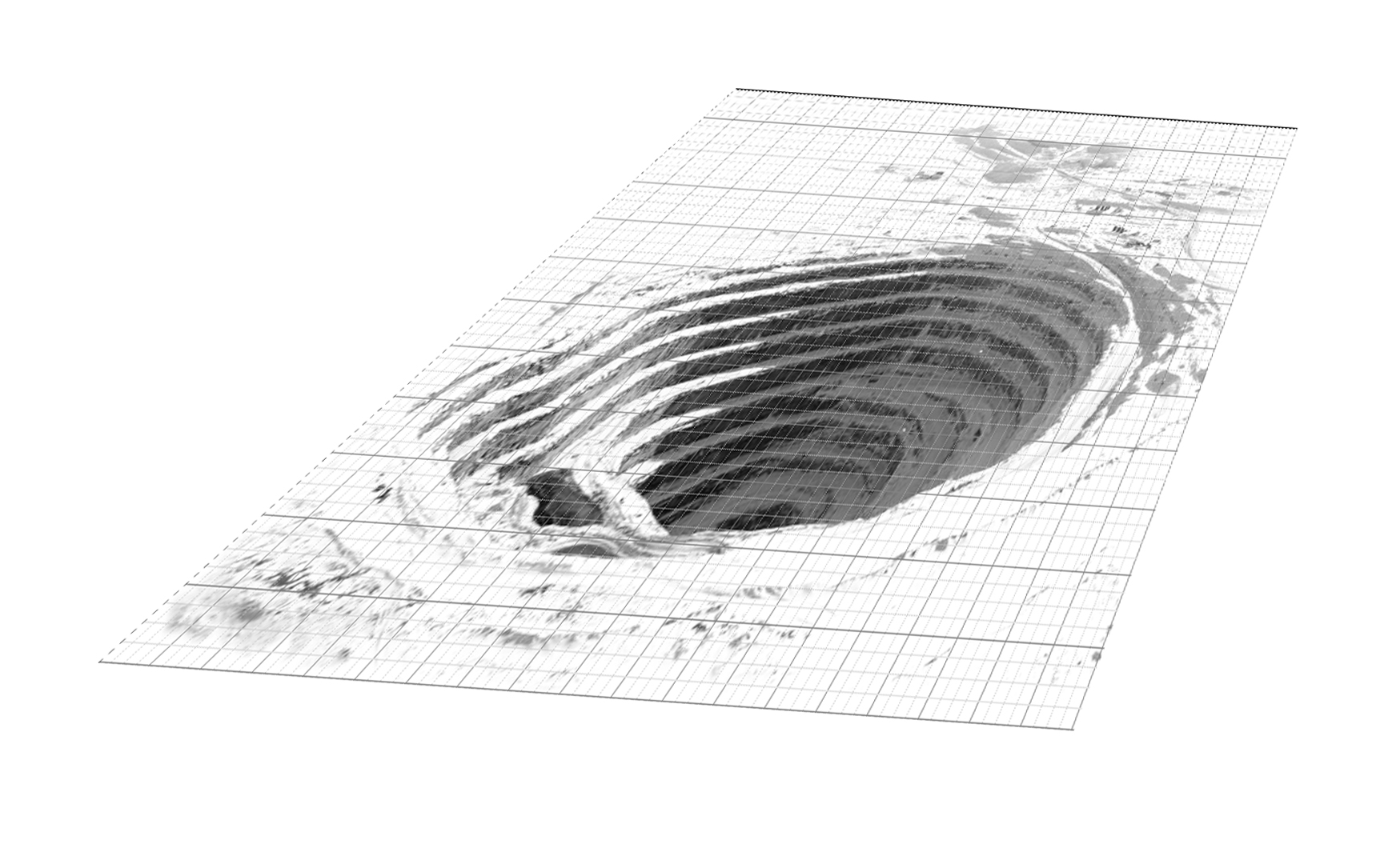 Preparatory projection for a proposal for a temporary monumnet for the diamond industry, Antwerp. The proposal is based on the Rio Tinto Diavik Diamond Mine, Canada. Neal White - 2015. See Sites of Excavation and Construction.
Preparatory projection for a proposal for a temporary monumnet for the diamond industry, Antwerp. The proposal is based on the Rio Tinto Diavik Diamond Mine, Canada. Neal White - 2015. See Sites of Excavation and Construction.I was dleighted to help coordinate the event Assembly: Extractable Matters, a two-day gathering supported by CREAM at the University of Westminster that brings together artists, academics, activists and human rights experts to collectively explore the politics of extraction across the globe and the role that its operations play on environmental, ecopolitical and societal levels.
How can we understand the infrastructure of mining beyond its materiality and geography? What are the new frontiers of mining and what neocolonial patterns do they reveal? Together, we will collectively explore the molecular effects of mining and extractive practices on a planetary scale. We will try to disentangle these complex interdependencies – for instance, between the demand for forms of renewable energy that require the extraction of scarce resources and the disruption of ecosystems and communities – and reflect on how we might build alliances and solidarity between artists, activists, and those affected by mining industries. Through talks, workshops and roundtable discussions, over two days we will delve into multiple case studies that expose the entanglements between extractive violence, financial networks and poisonous infrastructures. Together we will explore different forms of resistance, particularly those that seek to carve out spaces of autonomy and solidarity where the structural violence enacted through the exploitation of natural resources – of minerals, labour and cultures – can be countered.Participants included Ignacio Acosta, Lise Autogena, Bobby Banerjee, Suzanne Dhaliwal, FRAUD (Audrey Samson and Francisco Gallardo), Gaia Foundation, Que Kenny, London Mining Network, Margarida Mendes, Ainhoa Montoya, Rachel O’Reilly, Pluriversal Radio, Louise Purbrick, Xavier Ribas, Sim Chi Yin, Elena Solis (Ecologistas en Acción), Jol Thomson and Neal White.
Assembly: Extractable Matters was organised by Arts Catalyst in partnership with CREAM, University of Westminster. It is part of Resistance Labs, a series of discursive events, workshops and broadcasts that bring to the fore existing forms of solidarity between various anti-mining movements in the context of Ignacio Acosta’s exhibition Tales from the Crust at Arts Catalyst.
Fieldwork / An Ecology of Senses
Lapland (Sapmi), Finland
Sept 2018

In September 2018, I participated in an amazing field-workshop led by Judith van der Elst for Field Notes, an event held in the sub-arctic at the Kilpisjärvi Biological Station in Lapland, Finland. The event is organised by the Bioarts Society, Finland.
Surfing the Semiosphere group was hosted by Judith van der Elst with invited participants;Björn Kröger, Pia Lindman, Neal White, Paolo Patelli, AnneMarie Maes, Christina Gruber
All organisms perceive and react to certain sensory data as signs, carriers of significance picked up in their own perceivable surrounding or Umwelt. This concept was introduced by Jakob von Uexküll during the early 20th century and became the foundation of the current field of biosemiotics. The semiosphere is then the sphere in which sign processes operate in the set of all interconnected Umwelten.
As hunters, herders, gatherers, artists, and scientists, we will come together to experience, explore and inventory carriers of significance in, often radically, different, subjective worlds within the larger electric and magnetic fields in which we are all ‘suspended.’ Inspired by von Uexküll who anticipated many computer science ideas, especially in the field of robotics and theories of embodied cognition, we are guided by the question how these signals interact and interfere within our sphere to enable effective communication and navigation between and among organisms and their environment.
“The eyeless tick finding his way to the top of the blade of grass through his skin’s sensitivity to light”, and birds migrating over long distances using the Earth magnetic field in navigation; the masters who can show us novel interfaces to expand our semiosphere and intersubjective knowledge.
For further information, reflections and essays on this event - please see:
Bioarts Website
Closing Statement by the group
Makery Article
Artjournal Open
Planetary Perspectives
London, UKApril 2018
Test Sites Assembly: Planetary Perspectives
An artist talk with Professor Rick Stafford (Bournemouth University) in relation to ongoing research on ecological markers and the laboratory landscape of Brownsea Island, Poole Harbour.
Arts Catalyst: Join Arts Catalyst for a one-day gathering with CREAM at the University of Westminster. Together with artists, scientists and thinkers interested in re-imagining social, artistic and scientific research as a bottom-up community-led approach, particularly in relation to planetary health, we will explore the complex, interdependent relationship between the health of the planet and the politics of human health. For information and recorded talks - see:
Test Sites Assembly: Planetary Perspectives
Artist Residency with Tina O’Connell
Askeaton Arts, IrelandJuly 2017
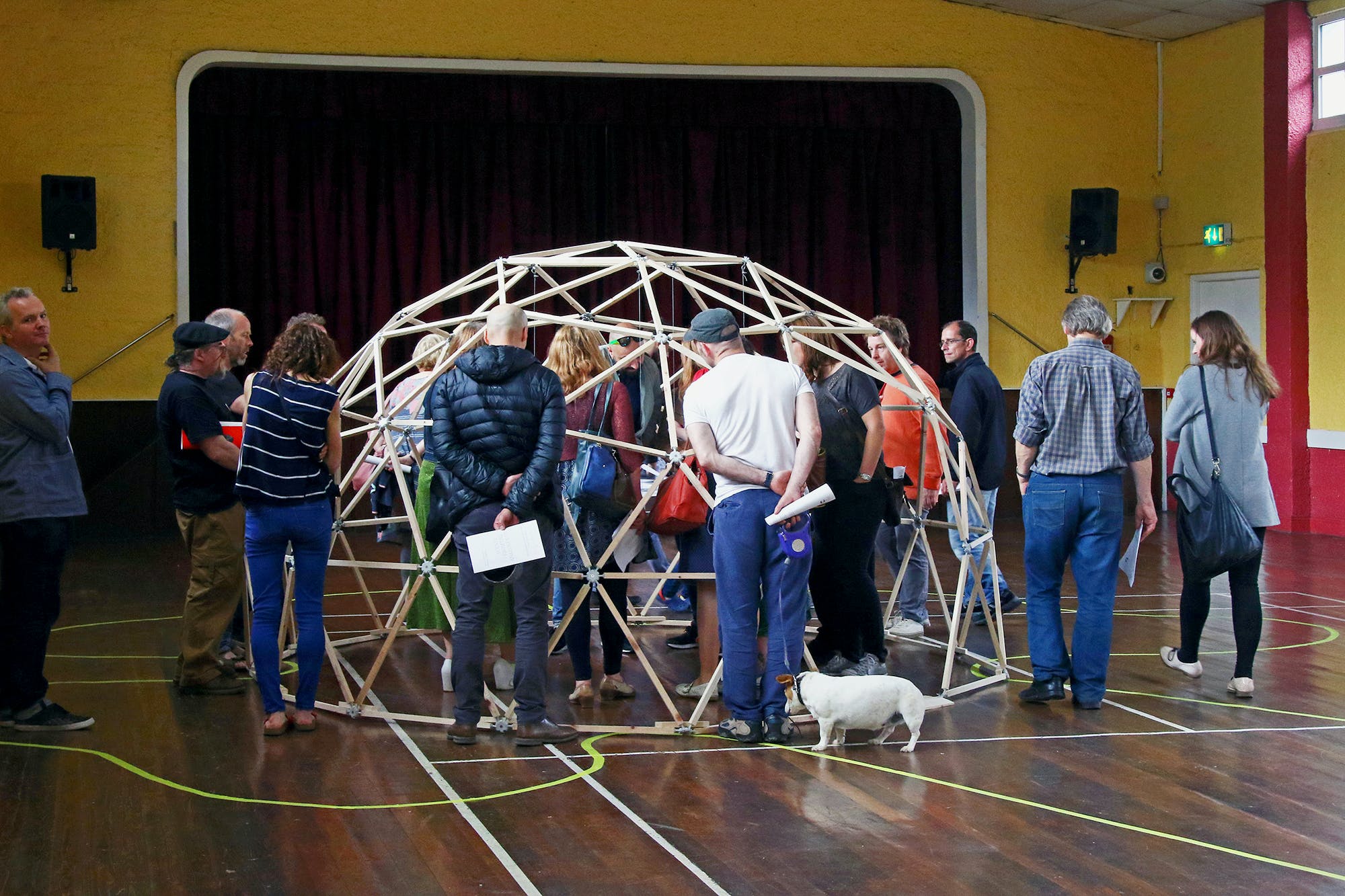
Askeaton Contemporary Arts, Ireland. July 2017
Askeaton Contemporary Arts will host Michael Fliri, Patrick Hough, Tina O'Connell and Neal White, Kevin Barry & Olivia Smith (Winter Papers) as part of the annual residency programme. Public events will occur during the artists’ stay, culminating with an open day and tour on Saturday July 15. More info
Test Sites
Poole Harbour, Dorset, UK2017
Moths of Poole Harbour - in action.
Test Sites. UK, 2017
Arts Catalyst is developing an ambitious nationwide programme across ecological sites, in partnership with land agencies, research institutes and local partners. The programme will take the form of collaborative art and science research, participatory projects, site-specific artworks and public events.
During 2017-18, artist Neal White will develop a major new fieldwork project and feasibility study in Poole Harbour, Dorset, with scientists, a range of researchers, and architects spudgroup. Funded with support from University of Westminster.
Superscale PsychoData
Mare Nostrum Festival, Santa Monica Arts Centre, Barcelona, Spain2016


Superscale PsychoData - Ars Santa Monica, Barcelona. 18-20th Nov, 2016
“Super Scale Psycho Data” was an artist talk and workshop devised by Neal White (University of Westminster, United Kingdom). Seminar at Santa Monica Arts Centre included David Pirrò (Institute of Electronic Music and Acoustics, University of Music and Performing Arts Graz), of the Data Transpositions Project.
Experimental fieldwork included a facilitated tour of the National Supercomputing Center MareNostrum (Barcelona) and experimental mapping fieldwork around the site. (see below). Organised by Monica Bello (CERN) and Andy Gracie. Supported by CREAM.
An Incidental Meeting.
Artist led event with Tina O’Connell and Barabara Steveni.Part of 9Events - Royal College of Art, London
2016
The Incidental Meeting, orchestrated by Tina O’Connell with Neal White and Barbara Steveni, both former Directors of O+I. Members of O+I, APG along with invited artists and students attended. Critically, a succession of events have come into play since, based on the idea of a future 'Incidental Unit' in which these former groups are reformed.
Neal White reaslises a Skoob Tower
A Lesson in Sculpture with John Latham.Henry Moore Institute.
June. 2016
 Image: Jerry Hardman-Jones 2016
Image: Jerry Hardman-Jones 2016Coordination and realisation of a Skoob Tower with John Latham Foundation, for Henry Moore Institute.
For images from the exhibition, including images from Neal White realises a Skoob Tower, follow this link and scroll.
Geo-aesthetics in an Anthropocenic World
Cultures of the Anthropocene.
Royal Geographic Society International Conference.
Exter University
Sept 2015
In this discussion of artistic research practices, Neal White will first discuss his ongoing fascination with large scale sensing networks. Examining existing and new sensor networks, White examines what Ryan Bishop has referred to as a 'long cold war’ in which sensing seismic activity and molecular detection are leading cultural practitioners into a re-imagining a collective experience of global scale scientific and military systems. Driven in part by ongoing research into deep time and the concept of contingency, the discussion examines the critical importance of the ‘anthropocene’ in framing new cultural practices.
Royal Geographic Society International Conference.
Exter University
Sept 2015
In this discussion of artistic research practices, Neal White will first discuss his ongoing fascination with large scale sensing networks. Examining existing and new sensor networks, White examines what Ryan Bishop has referred to as a 'long cold war’ in which sensing seismic activity and molecular detection are leading cultural practitioners into a re-imagining a collective experience of global scale scientific and military systems. Driven in part by ongoing research into deep time and the concept of contingency, the discussion examines the critical importance of the ‘anthropocene’ in framing new cultural practices.
HyperSensor
A new project with Office of Experiments.Wysing Arts, Cambridgeshire. 2015
A new project with Office of Experiments, including Rob Smith and Anna Troisi.
For more information see the video on Vimeo.

Artist Talk: Jason Rhoades / NEUSCHLOSS/ Das Träuman
BALTIC, Gateshead
April 2015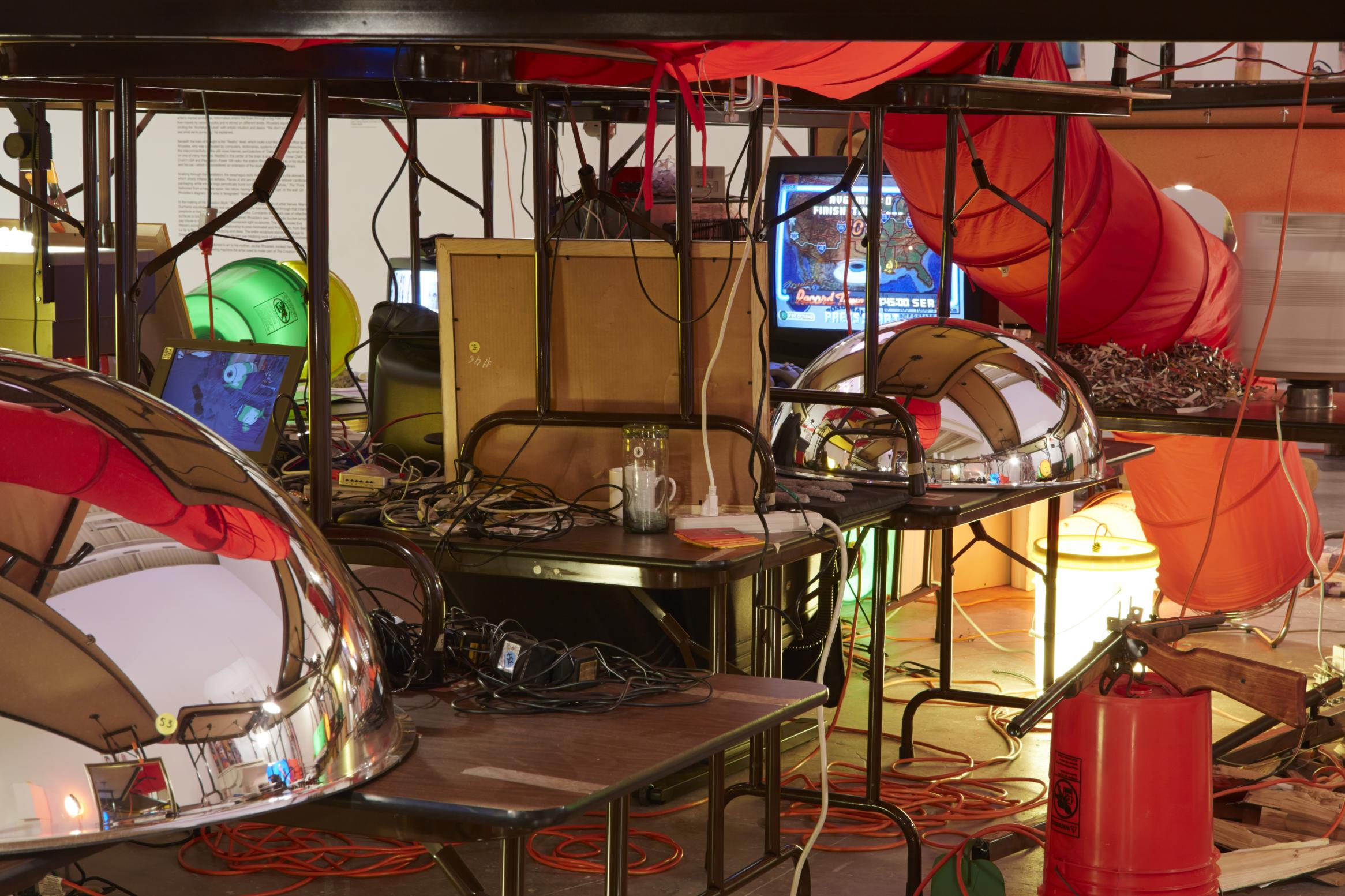
A group of artists, writers and curators working with or at Northumbria University, will present Das Träumen within the Jason Rhoades’ installation The Creation Myth; a work described by Ingrid Schaffner in the exhibition publication as a “model of the artist’s brain at work”.
Read More
Politics and Practices of Secrecy.
Institute of North American Studies,
Kings Colllege, London
2015
Roundtable 2: Aesthetics of the Secret
• John Beck: 'Photography’s Open Secret'
• Neal White: 'Secrecy and Art in Practice'
• Clare Birchall: 'Art "After" Snowden'
For more informaition on this event, please read:
https://we-make-money-not-art.com/politics_and_practices_of_secr/
![]()
Above - The Mike Kenner Archive. Office of Experiments.
Kings Colllege, London
2015
Roundtable 2: Aesthetics of the Secret
• John Beck: 'Photography’s Open Secret'
• Neal White: 'Secrecy and Art in Practice'
• Clare Birchall: 'Art "After" Snowden'
For more informaition on this event, please read:
https://we-make-money-not-art.com/politics_and_practices_of_secr/

Above - The Mike Kenner Archive. Office of Experiments.
The Experiment
Royal College of ArtCritical and Historical Studies.
March 2015
 Images from the Mike Kenner Archive, Offfice of Experiments.
Images from the Mike Kenner Archive, Offfice of Experiments.Event with lecture by Neal White. Including Maya Oppenheimer, Ben Cook, Frances Morgan and Jenny Hodgson.
The Imaginary Archive
Whitechapel Gallery
January 2015
Neal White, whose work from 2004 The Third Campaign that focussed on restoring th work of Jacob Epstein as seen on the former BMA Building, Charing Cross (see above) is is included in the show. Asl artist Paul Becker, whose research interests include fictional histories and Sue Breakell, Archivist and Research Fellow at the University of Brighton Design Archives, who has a particular interest in the theory and practice of archives in visual arts contexts. The panel will be chaired by Nayia Yiakoumaki.
Details
NOIT 2
Launch 20th June 2014
Ongoing research testing the ideas of Latham in contemporary context have recently included a number of skoob performances undertaken in and around Portikus. NOIT 2 features a DVD record of these works.
Order NOIT 2. Features an introduction to a series of peromances of Skoob Twowers enacted with Sophie von Olfers.
Art as Event. John Latham and Flat Time Theory.
Lecture. Stadehlschule Frankfurt.6th May 2014

Introduction by Neal White to Lathams' key concerns in terms of time and its relation to art. Followed by a Skoob Performance.
Residency
Lisa Haskell and Neal White spent a week for Office of Experiments aboard the Eleonore, on the Danube with new found friends, Donautics. A curated residency programmed by Armin Medosch and Stadtwerkstadt, Linz.
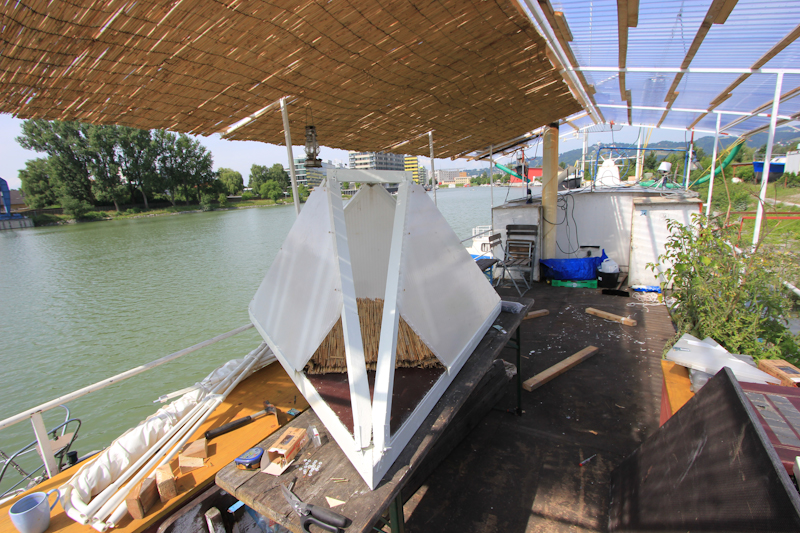
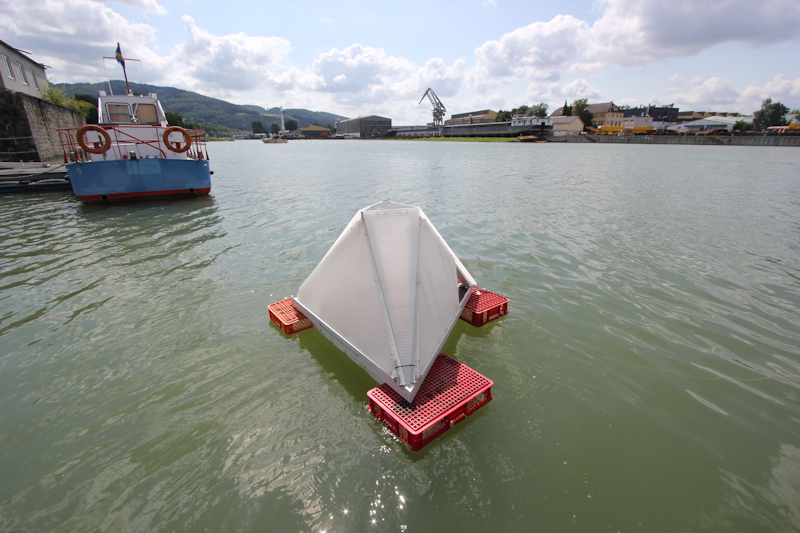
Or listen to a new audio experiment for Austrian Art Radio. ListenRecent Research Update:
A Report from the Field.
Data Flows and the open field
Eleonore, Linz, Austria
July 2013
The Portland Experiments
Resonant TerrainsPortland, Dorset.
October 2013
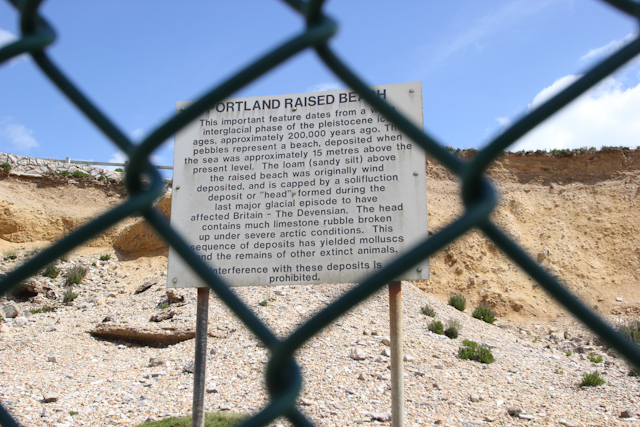
As part of an event organised by b-side, Office of Experiments led a tour around Portland in Dorset. A mini version of the Secrets of Portland Tour we had already done with Big Picture, we started inside the Verne, a high security prison inside a citadel where the Sympoosium was based. We then visited a number of locations, taking in a lecture from the staff of the MOD QinetiQ magentic resonance site at Portland Bill and a site visit to the former Underwater Defence Research Establishment.
On Not Knowing/ How Artists Think
Whitechapel Gallery, LondonSeptember 2013

Artist contribution to Workshop - Intoart Live Archive event
Tate ModernAugust 2013
 Intoart LIVE 2014
Intoart LIVE 2014Presentations of current research and workshops led by Intoart, alongside contributors Allison Foster (Tate Archives), Neal White (Office of Experiments) and Ntiense Eno Amooquaye (Intoart)
NOIT Journal
Flat Time House
FTHo and Camberwell Press are launching the new creative journal, NOIT. Comprised of new writing, artists’ contributions and original research, NOIT will explore the theoretical concerns and artwork of John Latham and their continued relevance. The first issue, NOIT–1 JL: Time-based Portraits is guest edited by curator and researcher Antony Hudek. For the introductory issue, Hudek invited 43 contributors who knew John Latham or are familiar with his work to remember an episode or incident involving the artist, his art or ideas.
Read More
Book Chapter: Epistemic Events
Experimental Systems in Artistic ResearchOrpheus Institute

The experimental approach of science applied to artistic research. We don’t know what we don’t know. This makes it difficult to imagine research that will produce truly new knowledge. In the sciences, the experimental approach has proved its worth in generating what subsequently requires understanding. Can the emergent field of artistic research be inspired by recent thinking about the history and workings of science? How can artists engage with experimentation to extend artistic values and deliver future knowledge?
In this book fourteen contemporary artists, musicians, and theorists engage with Hans-Jörg Rheinberger’s widely studied theory of experimental systems in an effort to determine how experimentation can productively be put to work in the arts. An interview with Rheinberger himself probes research as a potentially shared space between the otherwise different activities of art and science. Read More
Book Chapter: Overt Research
On Not KnowingBlackdog Publishing
On Not Knowing - edited by Rebecca Fortnum and Elizabeth Fisher, brings together contemporary artists and thinkers from a range of disciplines to explore the role of ‘not knowing’ within the creative process. The state of ‘not knowing’ or engaging with the unknown is an important aspect in the making process, with artists often balancing a strong sense of direction with a more playful or meditative state of exploration and experimentation.
Book Chapter: Experiments and Archives in the Expanded Field
All This StuffLibri Publishing 2013

All This Stuff: Archiving the Artist explores the documentation of the creative process. From their different viewpoints, fifteen leading artists, archivists and art historians, reflect on ways that artists and archivists deal with ‘all this stuff’, and how artists manage and relate to their own archives.
Introduced by Clive Phillpot, All This Stuff includes artists and writers such as Gustav Metzger, Bruce McLean, Barbara Steveni, John Latham, Barry Flanagan, Edward Burra, Penelope Curtis and Neal White. Read MoreBook Chapter: Experiments and Archives in the Expanded Field
All This Stuff
Libri Publishing
The Individual and the Organisation:
Artist Placement Group 1966-79
Raven Row Gallery 2012

Image: Neil Cummings
As former Director of O+I and researcher in the APG Archive, I took part in three interrelated events; Education: Not Knowing; Planning the Future of the Art School with UAL Chelsea, an evening exploring The Politics of the Archive, a planning day with curator Antony Hudek and former members of O+I to plan the next move.
Dark Places and Experimental Geography
Interview with Neal White
June 2012 Harwell Campus. Neal White - Office of Experiments
Harwell Campus. Neal White - Office of ExperimentsComing out of the shadows of Experimental Geography is not easy, but there is an interview about this work here: we-make-money-not-art. An interview with Regine Debatty about Experimental Ruins - is also available on resonance.fm
Ruinations; Violence, snafu and porn
AAG - Association of American Geographers, New York, New York
Feb 2012.
 On Overt research with Steve Rowell - Greenham common. 2008-9
On Overt research with Steve Rowell - Greenham common. 2008-9Speaking on the International panel; Ruinations; Violence, snafu and porn, developed with Detroit Unreal Estate Agency and Dr Angela Last (UCL). With Steve Rowell, Office of Experiments is also planning a tour of Governers Island. Further work is being developed with a critical art space in NY for 2012-3. More news to follow.
Picture Essay with Steve Rowell
Critical Dictionary - Ed. David Evans.
Black Dog Publishing.
Office of Experiments features in this new publication edited by David Evans. "Inspired by Georges Bataille's critical dictionary, the project strives to declassify terms in a playful manner emphasizing the open-ended, the provisional and the unfinished nature of language."
Black Dog Publishing, 2011 Softcover 192 pages Fully Illustrated, colour ISBN: 9781907317491
![]()
Critical Dictionary - Ed. David Evans.
Black Dog Publishing.
Office of Experiments features in this new publication edited by David Evans. "Inspired by Georges Bataille's critical dictionary, the project strives to declassify terms in a playful manner emphasizing the open-ended, the provisional and the unfinished nature of language."
Black Dog Publishing, 2011 Softcover 192 pages Fully Illustrated, colour ISBN: 9781907317491

Exhibition: Again A Time Machine.
Spike IslandSeptember 2012

This exhibition featued excerpts from the Bookworks commissioned 'Ott's Sneeze' as part of Bookworks own self-archived exhibition project.
A One Day Field Guide to the Secrets of Portland
May 2011A spatially mediated one day field guide led a group of 36 in an exploration of sites and spaces that revealed a darker side of Portland's (Dorset, UK) experimental history.

Unseen Sights / Sites of the Unseen
Gordon Matta Clark, Trisha Browne and Laurie Anderson.Exploring the Downtown Scene. Ideal Spaces with Recreational Rec at Barbican Gallery, 24th March 2011.


In this talk on Sites and Scenes. I explored the notion of a 'scene' as an event structure. Drawing on between spaces the talk started by drawing links between Matta-Clark's 'fake estates' project and the 'betweens' a format exploited by APG and , developed Jurgen Harten at Dusseldorf Kunstkalle in the 1960/70's
Public Commission with Tina O’Connell
Where is Heidenheim. Heidenheim, GermanyThis project was undertaken with newspapers all over the world including, from our old friends in Utah - USA, to Limerick, - Ireland, Imphal - Manipur India, Beirut - Lebano and Namibia. Commissioned as a public artowrk, for the Sculpture Symposium in Heidenheim, Germany, we worked with the local newspaper Heidehenheim Zietung. Having fabricated a large sign stating ‘Where is Heidenheim?’ we placed it on the newspapeer central offices, and then ran stories across the world, eacho fwhich was then featured inside the newspaper.

Covert Cultures: Art and the Secret State
CRASSH
Cambridge University. February 2011
Spooks and Artists... As part of a panel entitled 'Exhibiting Ideology', my paper 'Exploring Dark Places' examined the relationship between experimental sites and work undertaken in the Overt Research Project. Specifically, the paper examined the role of experimentation in the work I have made, and moves onto explore how cultures of secrecy give rise to rumour and speculation to inform an imaginary that extends the logic of that which is concealed, classified or undisclosed. In terms of speaking truth to power, I was recommended by Trevor Paglen, whose work was explored in a detailed presentation. Alongside my own talk, both our positions contrasted interestingly with the anecdotal observations of keynote speaker Sir Richard Dearlove - former head of MI6. (spooks arent as wise as they think about artistic research or artists it seems, as Trevor was soon to be embroiled as cameraman in Laura Poitras Citizen4 film featuring Edward Snowden. Nice work, Trevor.) Way Back Machine Link

Modern British Sculpture
Royal Academy, Catalogued works
2011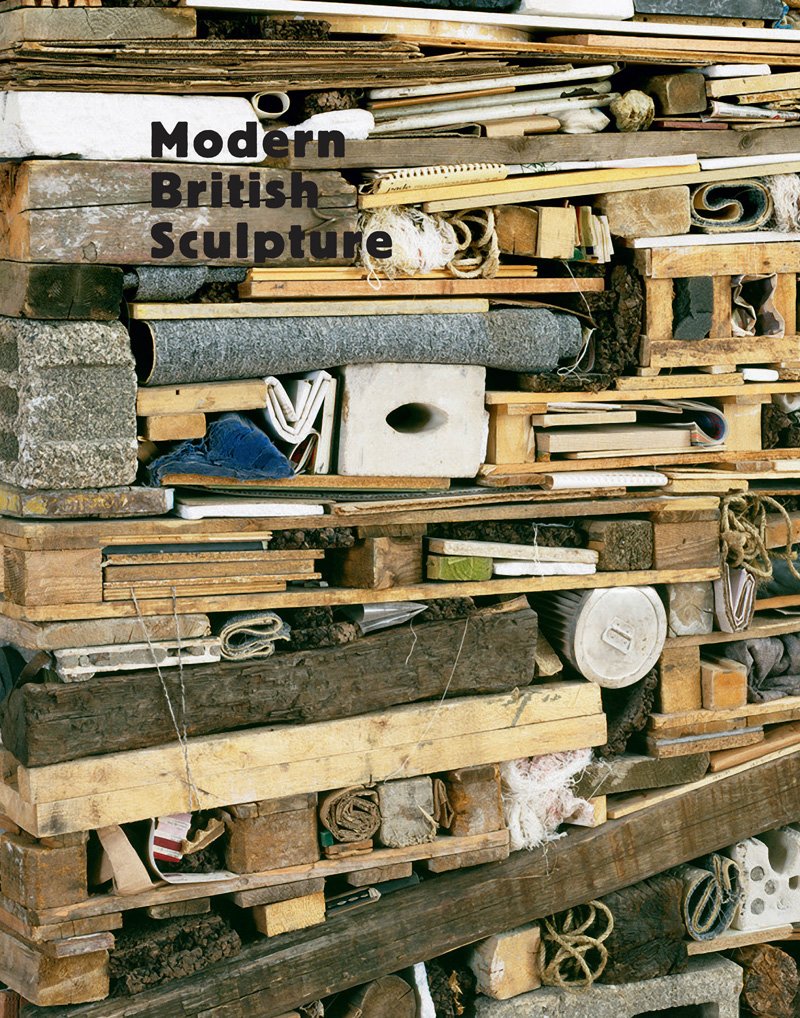
Two drawings taken from a parasite archive from 2004 appear in the catalogue of the new Royal Academy exhibition. Taken from 'The Third Campaign' with Henry Moore Institute in 2004-5, the project highlighted the infamous series of Jacob Epstein's destroyed public sculptures on the BMA Building on the Strand, London, re-igniting a debate around ruination as the impulse of heritage.Royal Academy of Arts, London (31 Jan 2011) ISBN-10: 1905711727 ISBN-13: 978-1905711727
Art as Research
Austrian Radio 13 December 2010Interview with former colleague (Ravensbourne), sparring partner and friend, the late, great Armin Medosch , who sadly passed away much too young in 2017.
"Hören Sie einen Auszug aus der Ö1 Sendung "Radiokolleg – Kunst als Forschung" zum
Thema"Werkstätten neuen Wissens (Teil 1)" von Armin Medosch vom Montag, 13. Dezember 2010 um 09:30 Uhr in oe1.ORF.at".
http://apasfftp1.apa.at/oe1/programm/0000C00E.MP3
See Armin Obituray here
https://netzpolitik.org/2017/nachruf-armin-medosch/

Dark Places - Overt Research Database
Arts CatalystLondon
December 2010
The Overt Research Database was launched at the new Arts Catalyst project space. The website is a resource of Office of Experiments, and currently focuses upon the UK Dark Places Field Guide to the South, but included - Experimental Ruins being developed in and around the London Orbital.

Workshop: Experiment
Whitechapel Gallery for Sally O'ReillyNov - December 2010
Following an invitation from Sally O'Reilly (critic, founder of Brown Mountain College, and writer in residence at Whitechapel Gallery) I took a chance to re-stage part of an earlier experiment from 2003-6, in her series of workshops at Whitechapel exploring issues in her publication 'The Body in Contemporary Art'. Based on an incident which was part of an infamous Yves Klein event in 1958, this consensual form of self-experimentation was conducted over two separate events. Fun and games, and blue pee!
Experimental Fieldwork,
RCA & Wysing- 16th December 2010
![]()
Project Leader running an Experimental Fieldwork session for Royal College of Art MA in Curating Contemporary Art as part of Ways and Means, an Arts Council funded Retreat event. Wysing Arts Centre. 6-10th December 2010.
RCA & Wysing- 16th December 2010

Mullard Radio Astronomy Observatory. Close to Wysing in Cambridgeshire.
Project Leader running an Experimental Fieldwork session for Royal College of Art MA in Curating Contemporary Art as part of Ways and Means, an Arts Council funded Retreat event. Wysing Arts Centre. 6-10th December 2010.
Firstsite / Imperial War Museum I am NOT a War Artist
(Part 2) Nov 2010
For the second time, I was shortlisted to act as an Imperial War Museum artist. Whilst being shortlisted a few years ago, my proposal was perhaps a step too far. I am under the impression dropping portable artist studios into beseiged communities for local war artists to work in, depicting their own view of conflict zones, was politically just too difficult. This time, I travelled to meet the 16th Air Assault Battalion, in Essex and along with other UK artists, facilitated by the rigorous staff at firstsite in Colchester, was able to make enquiries around the posting in Sangin, Afghanistan. Given the embedded nature of this position, my work around military and secret spaces and that I would have to sign the UK's Official Secrets Act, I declined the final interview for the position.
Experimental Proving Grounds of Coast and Sea,
Bridport Arts Centre, Dorset, UK.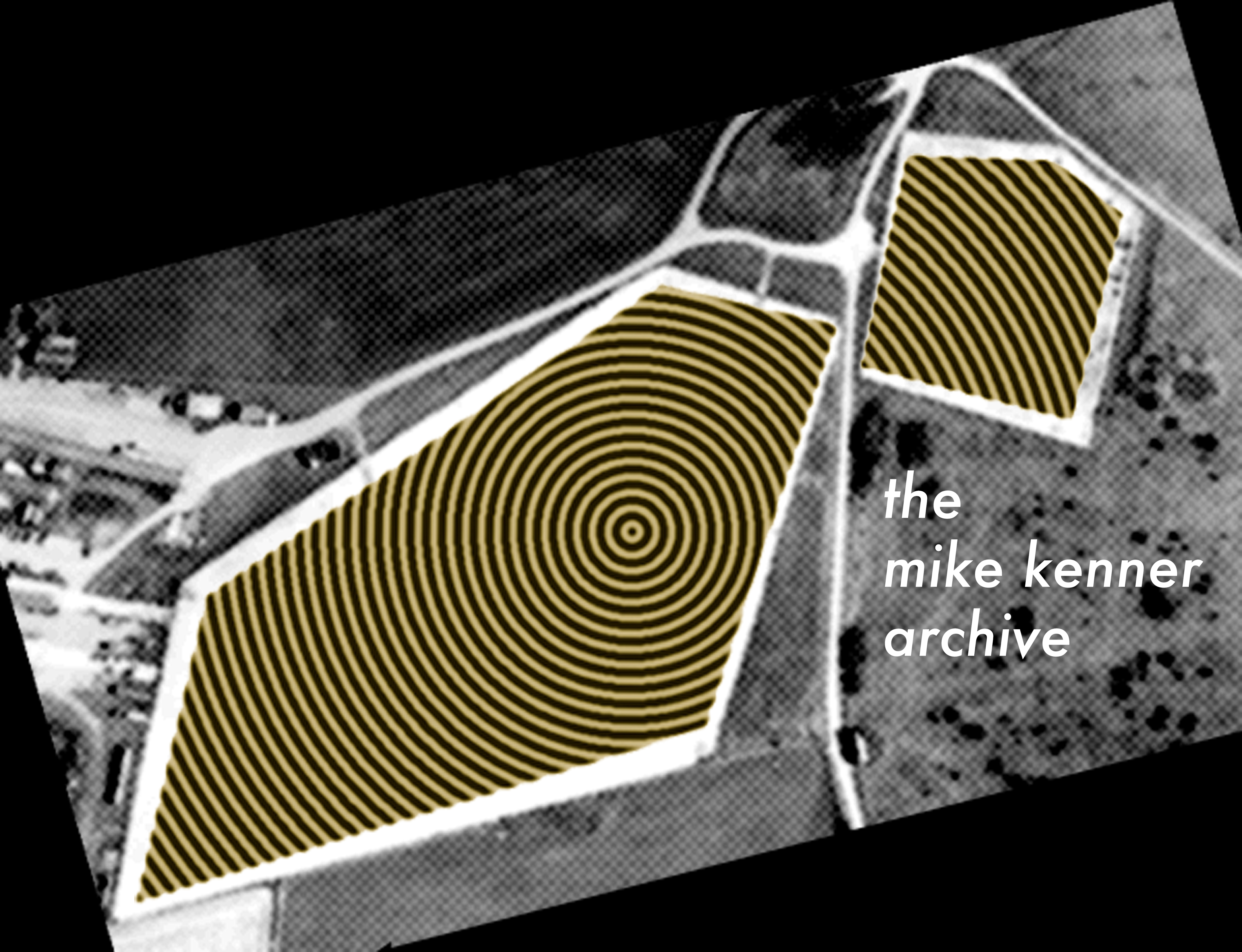
A micro-exhibition was curated from the Office of Experiments Archives and online resources as part of the exibition 'ExLab' at Bridport Arts Centre. This micro-exhibition drew on the Mike Kenner Archive and a focus on experiments conducted in and around Lyme Bay, Weymouth. The Critical Excursion 'Secrets of Portland - Field Experiments in Nature' will further extend this project. May 2011.
Experimental Society
Peter Stott Gallery, Lancaster University
7/7/2010
The Mike Kenner Archive (ARC) of Office of Experiments appears in the exhibition that accompanies Experimental Society, the final part of the Experimentality conferences at Lancaster University. More
Workshop and Walking tour: Experimental Ruins
UCL / EPSRC London6/7/2010

Experimental Subjects
Lancaster University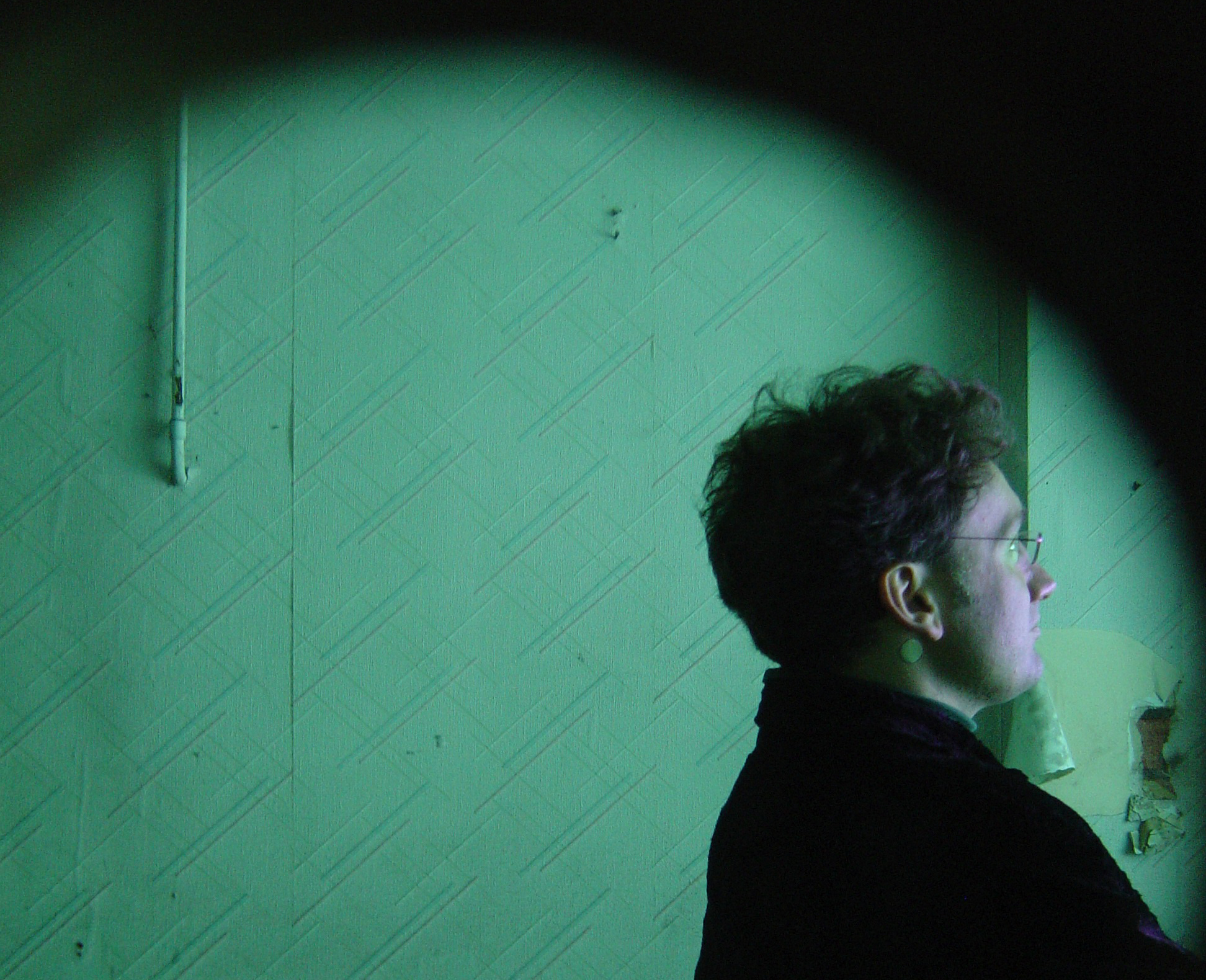 Anonymous Experimental Subject taking part in the performance work Truth Serum, FACT, Liverpool, in 2008.
Anonymous Experimental Subject taking part in the performance work Truth Serum, FACT, Liverpool, in 2008.Neal White presents ongoing work and theory on the body and place as 'sites of experimentation' at the Experimentality Conference, Lancaster University. More
NOTE - More information on the prroject Truth Serum (2006-8) to be added to Key Projects soon.
The Redactor
The Incidental Person,
Apexart, New York 6/1/2010

Neal White working with Office of Experiments launches this intermitent periodical. The Redactor is an explores erased organisms, land and ongoing struggles with state censorship. Featuring work from Rich Pell, Jenny Holzer, Steve Rowell, and an extensive interview with Mike Kenner on staying under the radar. More
Residency - Centre for Land Use Interpretation,
Wendover, UtahApril 2008 - 2010
Neal Whites ongoing resiency at CLUI's Wendover site in Utah continues with research into Smithon Spiral Jetty, and an investigation of Land as Laboratory - with a new film being based around the Millard County Cosmic Ray Facility in the Great Basin.
Supported by Henry Moore Foundation.
New Topographics
BLUEPRINT magazine ran a six page full colour article on the Overt Research Project.
The Body in Contemporary Art

Thames and Hudson
Neal Whites work with Office of Experiments in relation to the site of experimentation, from body to spatial entity, is highlighted in this Thames and Hudson publication by Sally O'Reilly
More
Secret Vitrine
UCL Cloisters Sept 09-Jan 2010
![]()
A classified map of a secret underground bunker obtained by Mike Kenner was visible through the code words used to name it. This was displayed alongside a Cabinet Office letter declaring the dates beyond which the names could not be used for display.

A classified map of a secret underground bunker obtained by Mike Kenner was visible through the code words used to name it. This was displayed alongside a Cabinet Office letter declaring the dates beyond which the names could not be used for display.
It has to end somewhere....
For earlier talks and events, please request a CV.
 Above: Preparatory Sketch for the Atlas of Chronographic Things. Diann Bauer for The Deep Field Project.
Above: Preparatory Sketch for the Atlas of Chronographic Things. Diann Bauer for The Deep Field Project. Above: An image from the original symposium in 1970, with Robert Irwin, Larry Bell and others. Below, Assembled members of the second Sympoium on Habitability gather at Weisman Art Museum, Mineapolis.
Above: An image from the original symposium in 1970, with Robert Irwin, Larry Bell and others. Below, Assembled members of the second Sympoium on Habitability gather at Weisman Art Museum, Mineapolis.